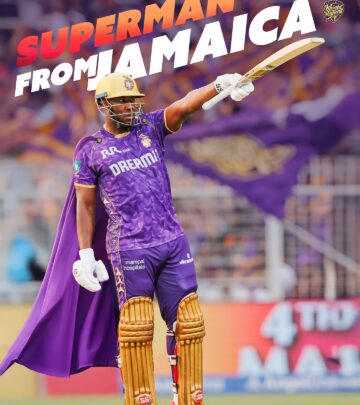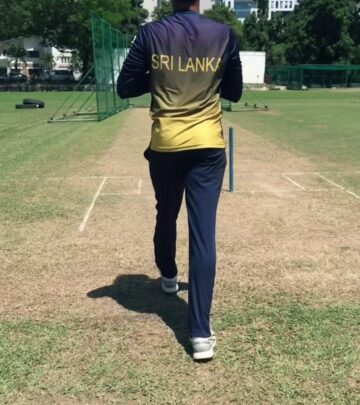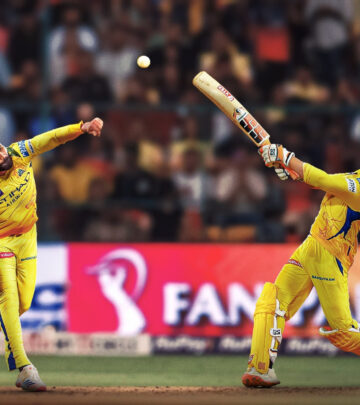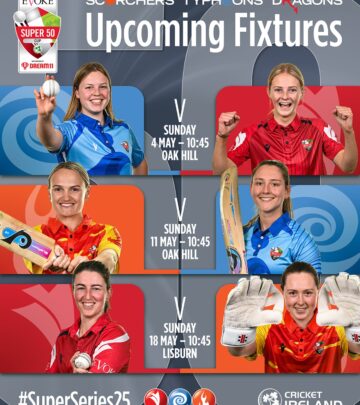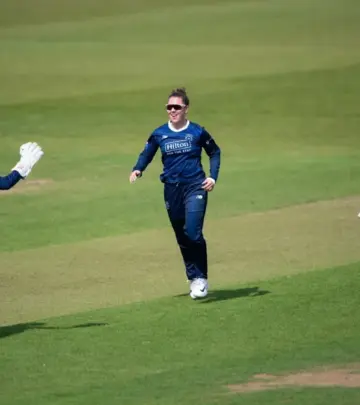Functional Variability: Fast Bowling’s True Mastery
Adaptive bowling outshines rigid repetition with dynamic technique for lasting success!!!!
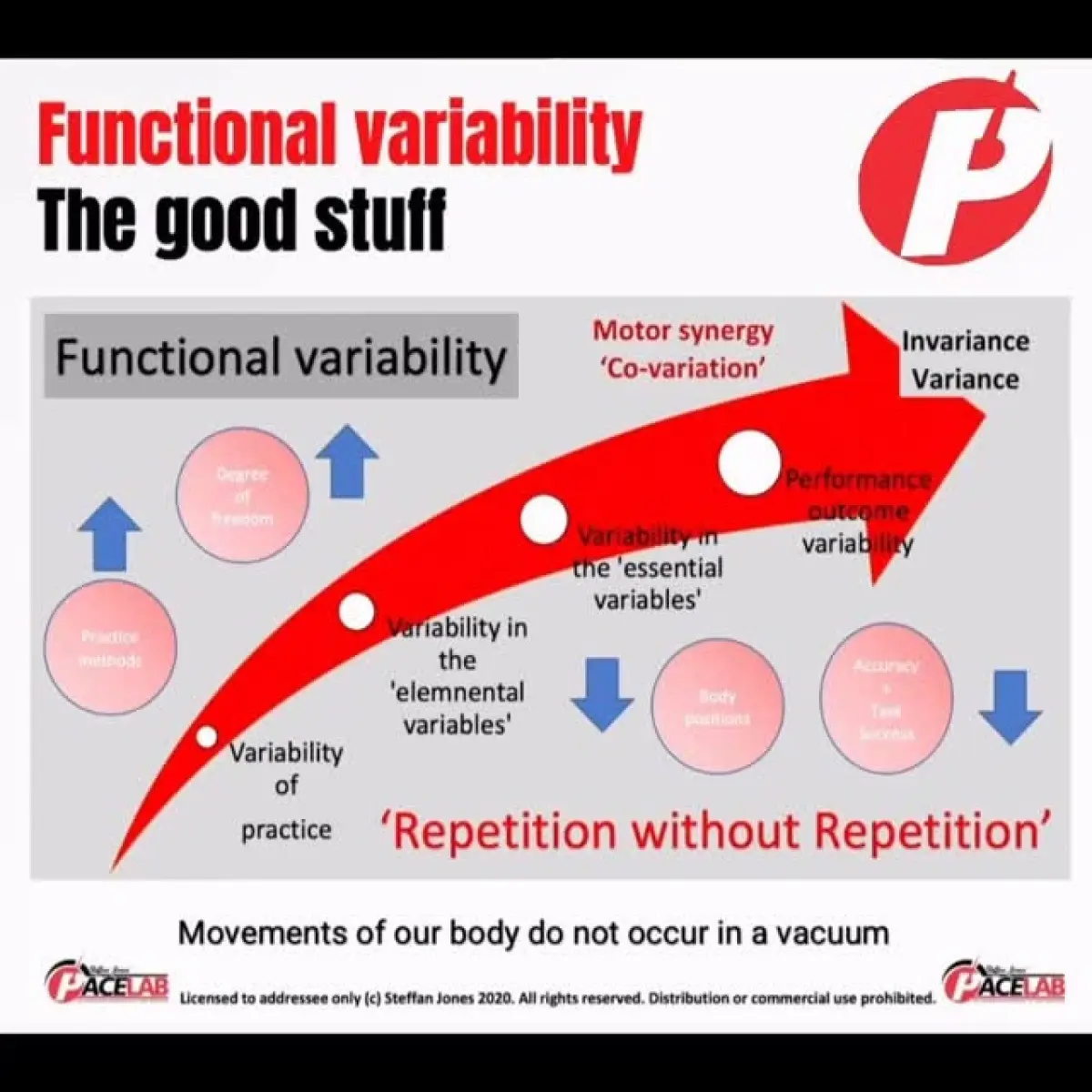
Image: Instagram
In the fast-paced world of cricket, where every delivery can change the course of a game, the traditional mantra of repeatability in fast bowling is being questioned. Modern coaching philosophy now argues that functional variability—the ability to adapt to ever-changing conditions—holds the key to lasting performance. This article delves deep into how innovation in training, as demonstrated by Pacelab Limited and highlighted by coach Steffan Jones, is redefining fast bowling mastery.
The Myth Of Repeatability
For years, coaches and athletes have been told that consistency is the cornerstone of success. In elite fast bowling, practitioners were urged to groove the perfect, repetitive motion. However, as the recent insights from Pacelab Limited reveal, relying solely on repeatability may lead to fragility in performance. The premise is simple: while consistent mechanics are valuable, they must be robust enough to adapt when conditions shift. Weather, pitch conditions, batter strategies, and even fatigue introduce a degree of chaos that makes a static approach untenable. As one training post succinctly puts it, “Repeatability is the outcome, not the goal.”
Functional Variability Explained
The concept of functional variability should not be confused with randomness. Instead, it is about task-relevant adjustments made under pressure. A fast bowler capable of delivering 140 kph with stable mechanics across different deliveries or run-up speeds exemplifies the kind of adaptability that outperforms strict repetition. The key is to stabilize critical attractors like the front foot block, arm speed, and hip-shoulder separation, while still allowing for small, necessary adjustments in response to in-game dynamics. This approach not only enhances performance but also builds resilience, enabling bowlers to last longer in their careers.
Pacelab’s Training Innovations
At the forefront of this innovative approach is Pacelab Limited, which has been pioneering training methods that integrate chaos and variability into practice routines. Their regimen includes constrained drills that isolate key attractors, chaos drills designed to overload perception and timing, and drop-off tracking to monitor fatigue resilience. In addition, skill noise drills help build robustness by widening an athlete’s repertoire of movement solutions. One recent Instagram post by Pacelab emphasized, “Stability is built through variability with purpose,” encapsulating their philosophy.
These training methodologies challenge the outdated belief that a bowler’s success hinges solely on repetitive practice. Instead, they stress training that evolves with the dynamic demands of the sport. In an earlier Instagram post, Pacelab noted, “Coaches should aim for repeatable outcomes, not repeatable movements. Cricket doesn’t reward sameness—it rewards effective adaptation under chaos.” Such insights underscore the need to train bowlers to adjust to different conditions rather than enforce a single, monotonous movement pattern.
The Role Of Adaptability In Fast Bowling
The contrast between fast bowling and other cricketing skills such as batting is stark. Batting inherently involves continuous perception-action coupling as players react to different deliveries. While repetitive batting practice may not harm performance—and might even aid learning—the same does not hold for fast bowling. The unpredictable nature of bowling emphasizes that the ideal skill is one that can adapt and remain effective across varied conditions. As the original post from Pacelab asserts, “If you still believe in repetition you will fail,” highlighting a critical disparity between batting and bowling performances.
Steffan Jones: Leading The Change
Steffan Jones, a respected figure in cricket coaching and whose insights are further validated by his background available on Wikipedia, has been instrumental in advocating for this modern approach. Recognized not just for his coaching acumen but also for his willingness to embrace change, Jones has partnered with Pacelab to champion techniques that allow bowlers to thrive amid chaos. In his communications, he consistently stresses that functional variability—not rote repetition—is what equips bowlers to adapt to unpredictable game scenarios. His work with Pacelab’s dynamic training programs has garnered positive attention on social media, with many coaches and players alike taking note of the benefits of this adaptive approach.
Broader Implications For Fast Bowling And Coaching
The shift to functional variability is more than a technical adjustment; it represents a paradigm change in sports coaching. Traditional methods that hinge on robotic, repeatable movements are giving way to training regimes that mimic the chaotic nature of live play. This evolution is likely to affect coaching strategies globally, as more professionals, like Steffan Jones, endorse training that incorporates constrained drills, chaos overload, and fatigue tracking. The impact is already visible in other related Instagram posts where coaches highlight the successful pace gains achieved in as little as six weeks using these methods.
In addition, Pacelab’s communication in the UK summer coaching sessions underscores their commitment to comprehensive player development. Fast bowlers are being drawn from various regions, united by a desire to refine their skills using these innovative techniques. Such initiatives are paving the way for a new generation of bowlers who not only overcome the limitations of rigid repetition but also deliver consistently under pressure.
Conclusion
The era of insisting on perfect, repetitive actions in fast bowling is gradually coming to an end. By emphasizing functional variability, coaches like Steffan Jones and organizations like Pacelab Limited are setting the stage for a more adaptable, resilient breed of fast bowlers. Through targeted drills and a shift in mindset, the focus is now on dynamic techniques that mirror the inherent unpredictability of the game. As the cricketing world continues to evolve, the notion that adaptability beats rigidity is becoming increasingly clear, marking a significant milestone in the pursuit of sports excellence.
For those interested in the future of fast bowling mastery, the message is unmistakable: train for adaptability, embrace variability, and prepare to dominate under any conditions.
Read full bio of Joyce









